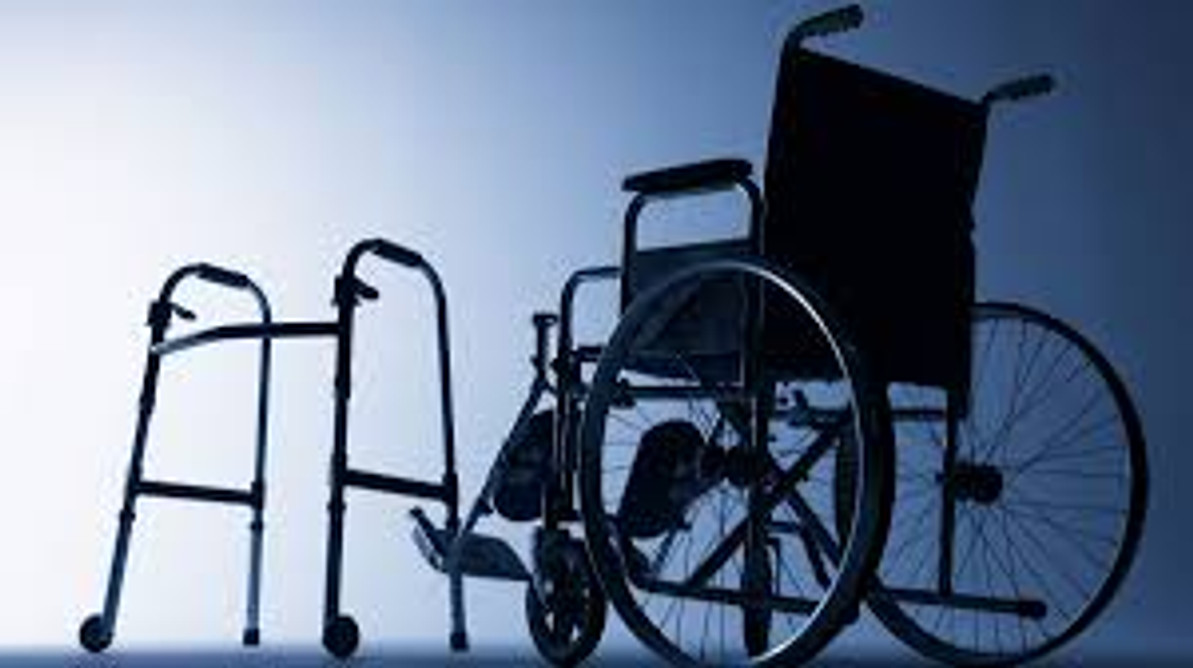Understanding Durable Medical Equipment (DME)
Durable Medical Equipment (DME) refers to medical devices designed for long-term use, aiding individuals with various health conditions in maintaining mobility, independence, and safety. This article focuses on specific categories of DME: bathroom aids, canes and crutches, rollators, scooters/walkers, and wheelchairs. Each type of equipment offers unique benefits, enhancing the quality of life for users.
Bathroom Aids
Bathroom aids are essential for ensuring safety and independence in one of the most hazardous areas of the home. These aids include:
- Shower Chairs and Stools: Provide stable seating in the shower, reducing the risk of falls.
- Bath Lifts: Mechanically lower and raise individuals into and out of the bathtub, offering a safe bathing experience.
- Grab Bars: Installed in showers, near toilets, and along bathroom walls to provide support and balance.
- Raised Toilet Seats: Elevate the height of the toilet seat, making it easier for individuals with limited mobility to sit and stand.
Benefits: Bathroom aids prevent accidents, enhance personal hygiene independence, and boost confidence by making bathroom activities safer and more manageable.
Canes and Crutches
Canes and crutches are fundamental mobility aids used to assist individuals who have difficulty walking due to injury, surgery, or chronic conditions.
- Canes: Offer balance support and come in various designs, such as single-point canes and quad canes with a broader base for added stability.
- Crutches: Typically used in pairs, they transfer weight from the legs to the upper body, suitable for individuals recovering from leg injuries or surgeries.
Benefits: These aids improve balance, reduce the risk of falls, and support the user’s weight, enabling more comfortable and secure movement.
Rollators
 Rollators are advanced walking aids equipped with wheels, brakes, and often a built-in seat. They come in various designs, including three-wheel and four-wheel models.
Rollators are advanced walking aids equipped with wheels, brakes, and often a built-in seat. They come in various designs, including three-wheel and four-wheel models.
Benefits: Rollators provide excellent support for walking longer distances, offer a place to rest with the built-in seat, and enhance mobility for those with moderate stability issues. The wheels and brakes facilitate smooth and controlled movement.
Scooters and Walkers
Scooters and walkers cater to individuals with significant mobility challenges.
- Scooters: Motorized devices that provide effortless transportation for those unable to walk or stand for extended periods.
- Walkers: Available in standard (non-wheeled) and wheeled versions, they provide substantial support and stability.
Benefits: Scooters and walkers enhance independence by allowing users to move around their homes and communities with ease. They significantly reduce the physical strain and risk of falls, promoting active and independent lifestyles.
Wheelchairs
Wheelchairs are crucial for individuals with severe mobility impairments. They come in various types, including manual and powered wheelchairs.
- Manual Wheelchairs: Operated by the user or a caregiver pushing the chair.
- Powered Wheelchairs: Battery-operated and controlled by a joystick, offering greater independence for users with limited upper body strength.
Benefits: Wheelchairs provide freedom of movement for individuals with significant mobility restrictions, facilitating participation in daily activities, work, and social interactions. They are designed for comfort, support, and ease of use, improving the overall quality of life.
How DME Benefits Users
- Enhanced Independence: DME enables individuals to perform daily activities independently, promoting autonomy and reducing reliance on caregivers.
- Improved Safety: Many DME products are designed to prevent accidents and injuries, particularly important for the elderly and those with balance or mobility issues.
- Better Quality of Life: By reducing physical strain and enabling more comfortable and secure movement, DME significantly enhances the user's quality of life.
- Support for Chronic Conditions: DME is essential for managing chronic health conditions, providing necessary support and reducing complications associated with immobility.
- Cost-Effective Care: Utilizing DME can decrease the need for frequent hospital visits and long-term care facilities, making it a cost-effective solution for patients and healthcare systems.
- Customization and Comfort: Many DME items can be customized to meet individual needs, ensuring optimal support and comfort.
Durable Medical Equipment is a vital component in the care and support of individuals with mobility and safety needs. Bathroom aids, canes and crutches, rollators, scooters/walkers, and wheelchairs each offer unique benefits, enhancing the independence, safety, and quality of life for users. As healthcare continues to prioritize home-based and patient-centered care, the role of DME becomes increasingly important in fostering healthier, more independent lives.
Recent Posts
-
How Occupational and Hand Therapists Perform Initial Hand Function Evaluations
When a patient begins hand therapy—whether recovering from an injury, surgery, or neurolo …Apr 6th 2025 -
What to Expect During Hand Therapy: A Guide for Patients and Caregivers
If you’re starting hand therapy—whether after surgery, a stroke, or a neurological …Apr 6th 2025 -
Improve Hand Function and Dexterity with the Neofect Smart Pegboard
The Neofect Smart Pegboard is a revolutionary tool in the field of occupational therapy. I …Mar 25th 2025







